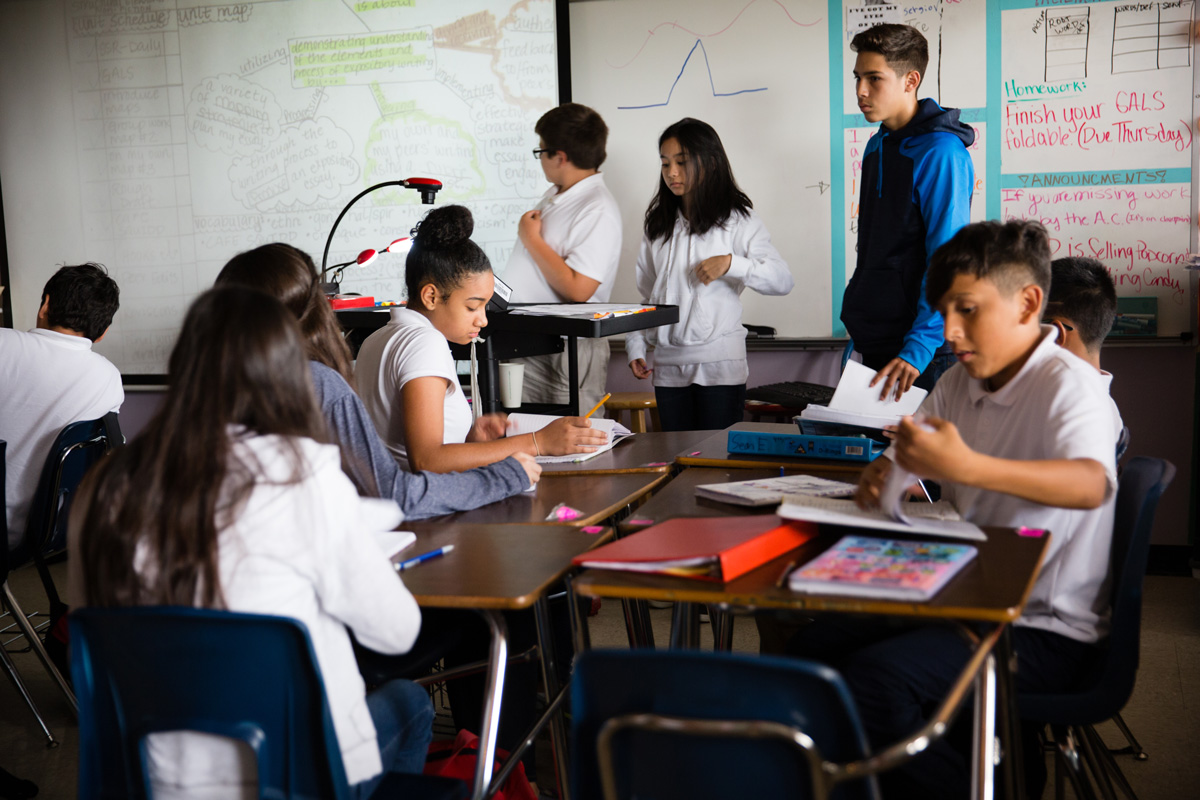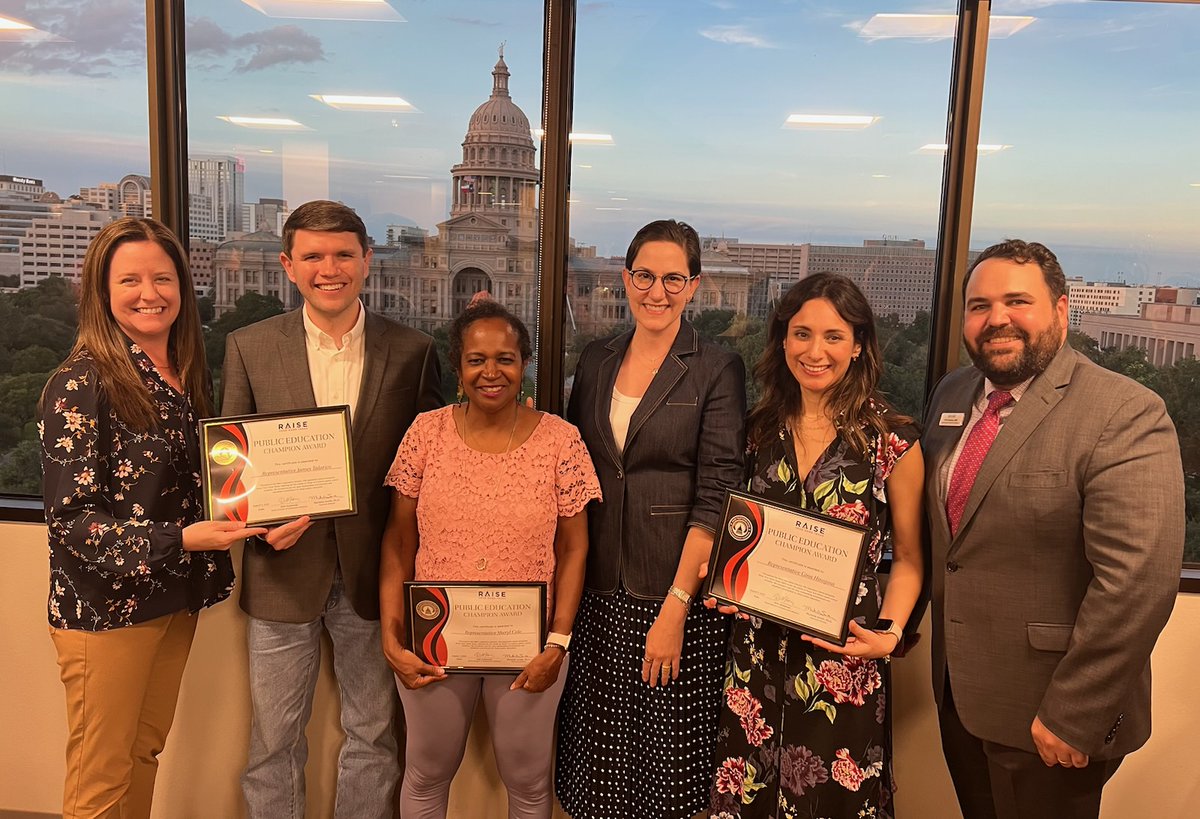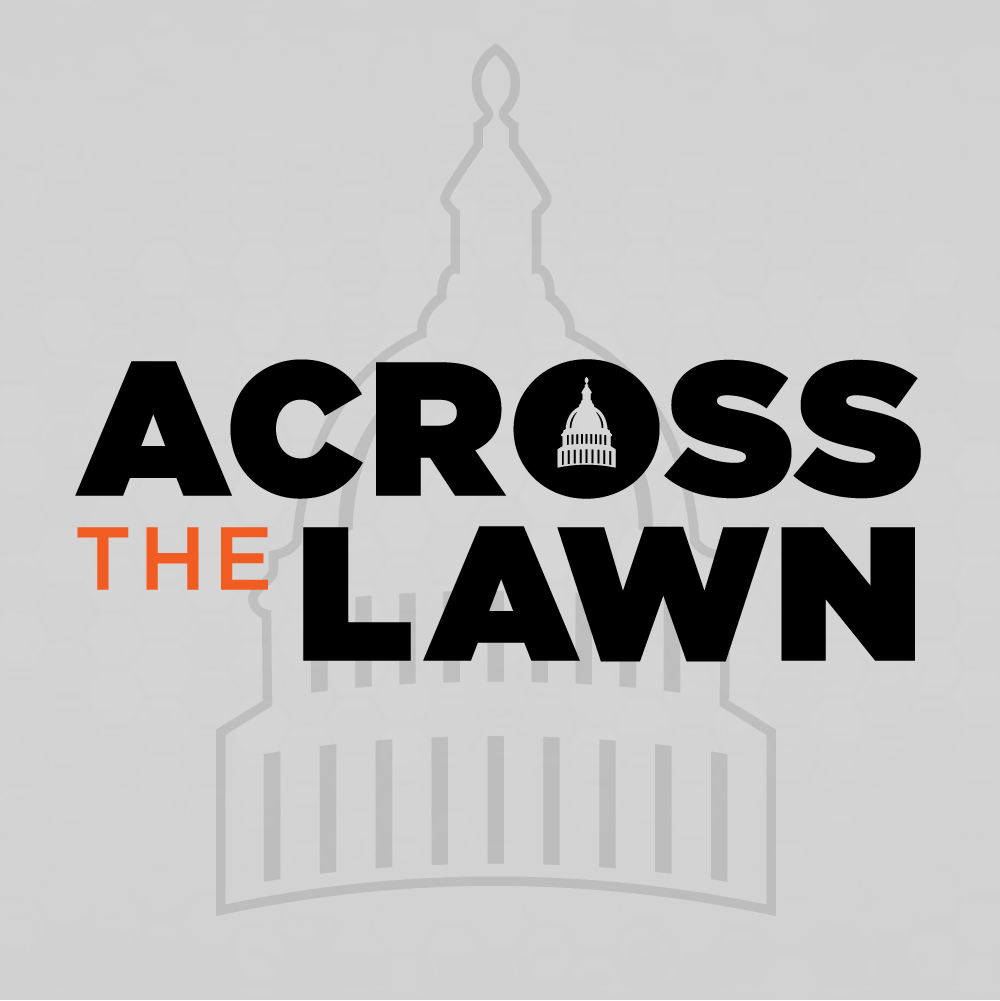
categories
Don’t Be Fooled. Vouchers Hurt All Texas Students.

November 04, 2022
 Don’t be fooled. No matter what an education voucher is called, the policy is the same. Vouchers are a scheme that divert public funds to private schools and vendors, and then continue to undermine traditional public schools and charters, teachers, and students. The lack of public accountability in any voucher program is rife for mismanagement of financial resources, and also lacks academic accountability of the schools that receive the private voucher money.
Don’t be fooled. No matter what an education voucher is called, the policy is the same. Vouchers are a scheme that divert public funds to private schools and vendors, and then continue to undermine traditional public schools and charters, teachers, and students. The lack of public accountability in any voucher program is rife for mismanagement of financial resources, and also lacks academic accountability of the schools that receive the private voucher money.
It doesn’t matter if they are called Educational Savings Accounts (ESAs), special education vouchers, virtual vouchers, or a “bracketed” voucher set-up to protect rural schools from the harmful impacts of this scheme: any voucher program will have a long-lasting, negative impact on our state.
- Traditional vouchers are presented as tuition payments parents can use for their children to supplement the cost of tuition at a private school with no public oversight or accountability.
- Education Savings Accounts (ESAs) are set up as personalized savings accounts funded by public tax dollars for parents to supplement or pay for tuition at a private school or private vendor with no public oversight or accountability.
- Business tax credits are programs allowing businesses to funnel funds for private school vouchers either in direct scholarships or through an ESA in lieu of paying taxes to the state. While the state maintains greater accountability over the funding, these schemes still lack academic accountability for student outcomes.
- Special population vouchers act in a similar way to traditional vouchers, but are established for a particular subset of students. The most popular form of a special population voucher is a voucher for students with special education needs. These programs typically only fund a fraction of the actual cost to educate these special populations and often leave families without the federal protections that are required in public schools. In areas where these are implemented, there are no protections or accountability if the private providers do not provide all the services a student needs.
- Virtual vouchers divert funds from public schools to private vendors in order to establish a statewide system of publicly funded private virtual schools with no oversight or accountability.
- “Bracketed” vouchers single out certain student populations or communities, possibly excluding higher-income students or rural schools at first, but, as seen in many other states, the program quickly expands its harmful impacts to all of the communities in our state with no public oversight or accountability.
All of these vouchers hurt public schools because they impact the funding traditional public schools and charter schools receive.
The last failed voucher bill in Texas was estimated to divert $340 million per year from our public schools. That’s hundreds of millions of dollars that would’ve been unavailable to public schools that could be used to support much-needed salary and retirement increases for teachers and staff, support tutoring and accelerated instruction for our neediest students, or expand pre-kindergarten. While this proposal was initially projected to impact 22,000 students, it was estimated to almost double in size in just a few years, just like in other voucher programs around the country.
For each student leaving a Texas public school, a campus would lose about $10,000 in state and local funding. And when those resources leave the public school district or charter school, the fixed costs of running those schools don’t go away. Class sizes increase, programs are cut, and our public school communities become lesser shells of what they could be if the students remained. In rural Texas communities, just 4 to 5 students leaving for a private virtual school under a voucher program would ultimately cut a teacher’s salary or impact the school’s ability to fund extracurricular activities.
Evidence from other states shows private school vouchers often fail to cover the full cost of a student to attend a private school. Parents may be enticed to utilize a voucher program to send their child to a private school, but then parents discover very few voucher programs cover the full cost of tuition. The national average tuition for private school is more than $12,000.
Pegged as a solution for financially struggling families to get their students into private schools, the real beneficiaries of such programs in other states are students who already attend private schools. In states like Arizona, New Hampshire, and Wisconsin, anywhere from 75% to 89% of the students using vouchers already attended a private school, showcasing that the parents who could already afford private schools are the primary beneficiaries of the programs.
While vouchers do a great job in providing financial assistance to parents who could already afford private schools and would have likely sent their children to private schools anyways, vouchers often leave behind other student populations. This is most evident in the lack of protections for students who require special education resources.
Students with physical, mental, or learning disabilities may not have access to the services they need. All of these services are legally required at a public school, but will not be guaranteed at a private school. Special education vouchers can hurt students with disabilities by weakening rights given to them under federal regulations of the Individuals with Disabilities Education Act (IDEA). When a parent enrolls their child with special needs in a private school, they waive those rights.
Whether you call it an ESA, special education voucher, business tax credit or some other flashy name that privatizers come up with, all of these vouchers do the same thing: undercut the communities they claim to serve. Using taxpayer dollars to fund private schools and vendors that do not have to account for their spending or the academic outcomes of their students is not a responsible use of these funds.
No matter how you package it or what name you call it, vouchers hurt our public schools and communities across the entire state of Texas. Public dollars should remain in public schools.



